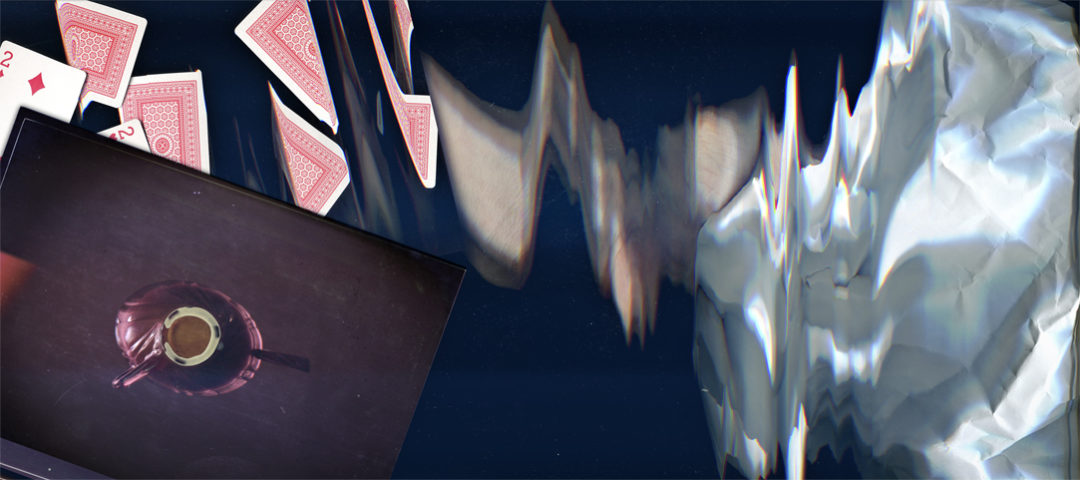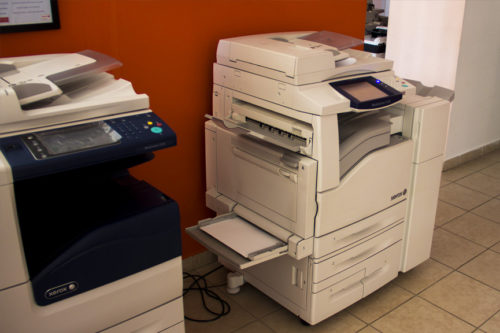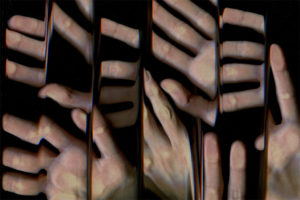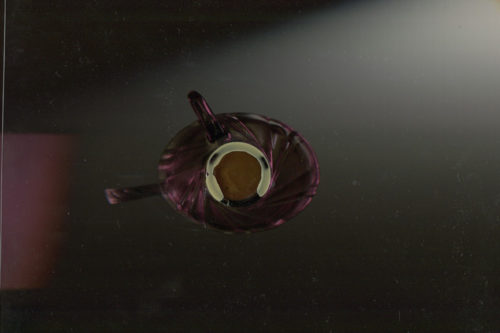
 The concept of the photocopier film is the greatest achievement of my studies at the ELTE Film masterclass. Since I worked continuously, I never attended courses, instead I took all the exams on one single day in every semester, hoping for the best. Before that, I visited the Man Who Took Notes to have some idea about the curriculum. In that semester the Man was particularly enthusiastic, so the mere photocopying of the huge pile of paper took massive hours.
The concept of the photocopier film is the greatest achievement of my studies at the ELTE Film masterclass. Since I worked continuously, I never attended courses, instead I took all the exams on one single day in every semester, hoping for the best. Before that, I visited the Man Who Took Notes to have some idea about the curriculum. In that semester the Man was particularly enthusiastic, so the mere photocopying of the huge pile of paper took massive hours.
During the long and monotonous work, it came to me: the copier itself is an optical recorder, so why not make a movie instead? What immediately captured my imagination was the unique way of recording: the copier, instead of exposing an entire picture at the same time, as a conventional camera, is moving forward with a slow sideway scan. And if the object moves during this time, we get distorted, dynamic forms. The idea was strange, but the potential was crystal clear. I knew that this is enough to make a captivating short film.

I enthusiastically shared my plan with my dad, and the effect was certainly instant. My father looked at me, his eyes widened and said, “This is such a bullshit that if anything, this will destroy your career forever!”
After that, as a responsible, obedient boy, I had no other choice but devoting three years of my life to this film.
My closest colleague at the time was Laura Földeák, an editor, who, getting quite used to my strange ideas, did not even raise her eyebrows. Instead, we started to push my feverish vision into reality, for which we needed tons of testing. As scanners are essentially digital copiers, we could use them to make concept arts quickly and easily.

The method of refreshing the picture was the subject of a serious debate from first minute. The classic method is to place one frame after the other in a quasi-stop motion manner. If each picture differs just slightly from the others, and they are projected sequentially, say 25 per second, we will end up having very nice continuous movement. However, this was impossible, as one thing is surely impossible with a copier: two pictures, just slighty different to each other.
Another problem with classical film screening was the fact that the sideways scanning does not come through. That was a key question for us. From the first moment, we imagined this film to be all about the continuous wave, the slow movement, the distorted turning and then the restoration of pure images. We wanted to show how each picture is being written, moving the newer and newer scenes. In the end we decided to go against our own plan to only use a copy machine, and nothing else, and digitally insert a scanner into the picture.

You must be logged in to post a comment.